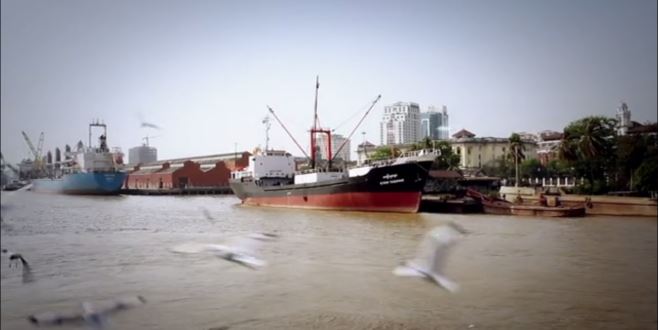Thailand is centrally located within the GMS, bordered by Myanmar to the west, and Lao PDR and Cambodia to the east. The economy is largely dependent on external trade, with 60 per cent of its GDP coming from exports, with the transport sector contributing 7.1 per cent to the economy. The country’s main trading partners in the GMS are PRC and Viet Nam. The facilitation of trade and investment can be aided by improving roads, transport and intermodal terminals, border facilities and reducing nontariff trade barriers.
The country has the most developed road network out of the GMS countries with 98 per cent of the roads, including village roads, being paved. The road network transports 95 per cent of freight and 98 per cent of passengers, with an estimated length of 202,000km, making roads the most developed next to that of the rail and inland navigable waterway networks. Thailand’s provinces are interlinked with good interregional and interprovincial transport networks. In light of this, the road networks, including major highways, experience a high level of congestion near towns, approaches to Bangkok, the eastern seaboard industrial zones and Laem Chabang Port.
Source: Asian Development Bank, Thailand Transport Sector Assessment, Strategy, and Road Map, 2011. (link to resource)
Thailand trade demand and key transport routes
Thailand is the largest individual trading partner in the GMS subregion, but most of this trade is sea based, with comparatively small volumes being carried by road, rail, and air. Therefore, the key trade routes are connections between the two main ports and the other areas. The North-South Corridor linking the ports with Chiang Mai and Chiang Rai and the Central Corridor connecting with eastern Thailand and Lao PDR are expected to be important trade corridors. The North-South Corridor transiting to Lao PDR represents the direct link between northern Thailand and Yunnan and there are indications that the traffic flow on this route is growing fast.
Source: Transport and Logistics in the Greater Mekong Subregion, Technical Assistance Consultant’s Report [Final Report] 2012 [Link to Resources]
CBTA in Thailand
Thailand ratified the main CBTA agreement in 1999, but is still in the process of ratifying the Annexes and Protocols, with six remaining. The pilot implementation of the Exchange of Traffic Rights between Thailand and Cambodia at the Aranyaprathet–Poipet border on June 2012) enables trucks and buses to operate along the Bangkok–Aranyaprathet–Poipet–Siem Reap and Bangkok–Aranyaprathet–Poipet–Phnom Penh routes, thereby linking two hubs in the Southern Economic Corridor (SEC). It was implemented under a 40-permit quota: Cambodia having 30 permits for busses and 10 permits for trucks; and Thailand having 30 permits for trucks and 10 permits busses. The Aranyaprathet–Poipet checkpoint is worth nearly 40 million baht, making up almost 50 per cent of Thailand’s total border trade value.
With the completion of key physical infrastructure along the EWEC and in order to fully utilize the corridor, there was a push to further extend its operational route to key GMS hubs. An MOU was jointly signed between Thailand, Viet Nam and Lao PDR on the Extension of the Operational Route of the EWEC to include three GMS capitals (Hanoi, Bangkok and Vientiane) and two deep-sea ports (Laem Chabang and Haiphong).
The Thailand Cross-Border Transportation Act for Joint Inspections in Foreign Territories was signed in March 2013. The Act allows Thai officers and their foreign counterparts to legally conduct joint inspections abroad and within Thai territory, making them exempt from immigration procedures. This would enable the implementation of Single-Stop Inspections through joint and simultaneous customs duties of both Thai and foreign officials in Common Control Areas.
The improvement and upgrading of the Southern Coastal Corridor that links Thailand, Cambodia and Viet Nam is underway. The expansion shows the Government’s interest in creating greater linkages with neighbouring countries, contributing to regional transport integration and to Thailand’s role as a transport hub. The Corridor has links to the Eastern, Central, North-Eastern, Southern and North-South Corridors.
Thailand Ministry of Transport Website
http://www.mot.go.th/



